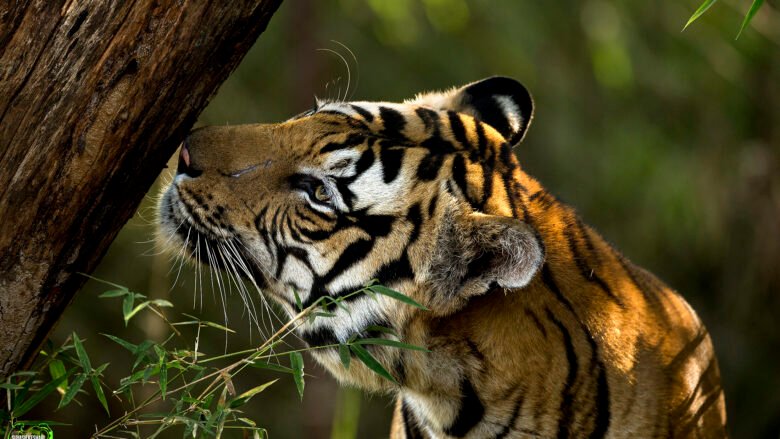A photographic safari in India is a rare opportunity to capture the wild in all its diversity—tigers slipping through sal forests, elephants framed by cathedral-like canopy roads, rhinos grazing in floodlit grasslands, and snow leopards blending into high-altitude rock faces. India isn’t just one safari—it’s a collection of unique photographic journeys across different habitats, seasons, and cultures.
Whether you’re travelling for your first wildlife photography safari in India or returning for a new challenge, this guide will help you choose where to go, when to visit, and how to prepare for truly unforgettable shots.
Why Choose India for a Photographic Safari?
India’s biodiversity is unmatched—home to more than 100 national parks and over 1,200 bird species, plus an incredible variety of mammals including tigers, leopards, rhinos, elephants, wild dogs, Asiatic lions, and snow leopards.
For photographers, this means:
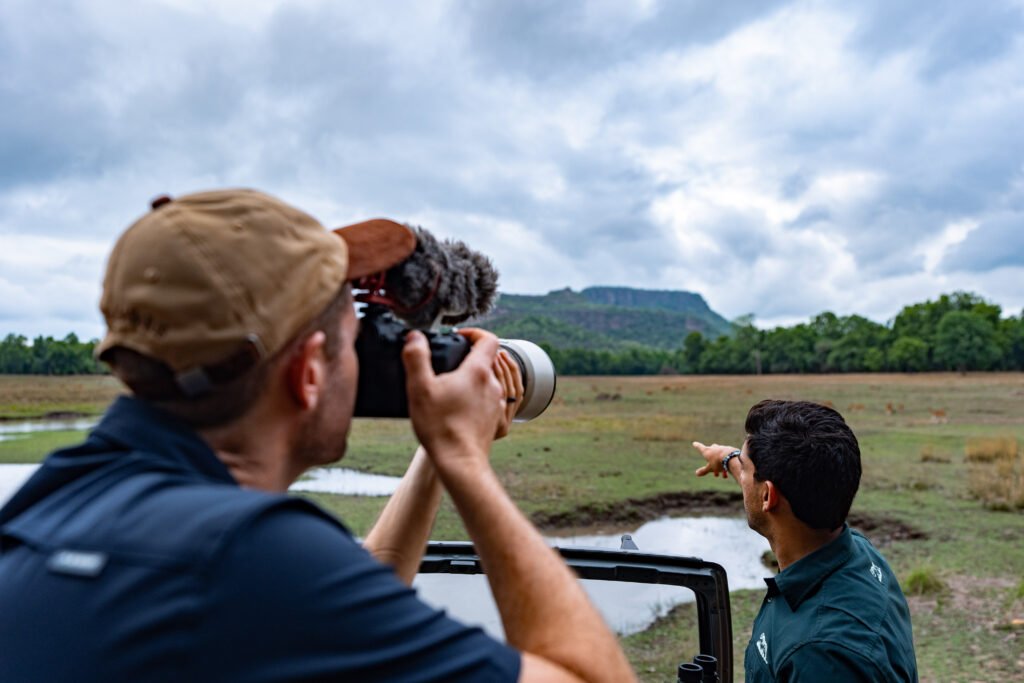
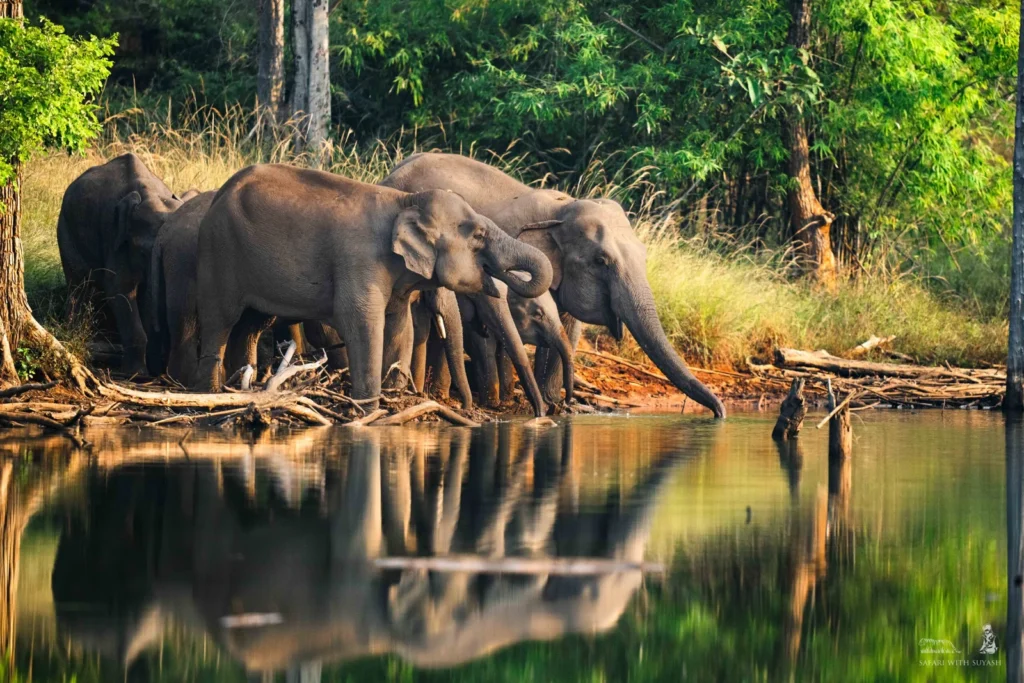
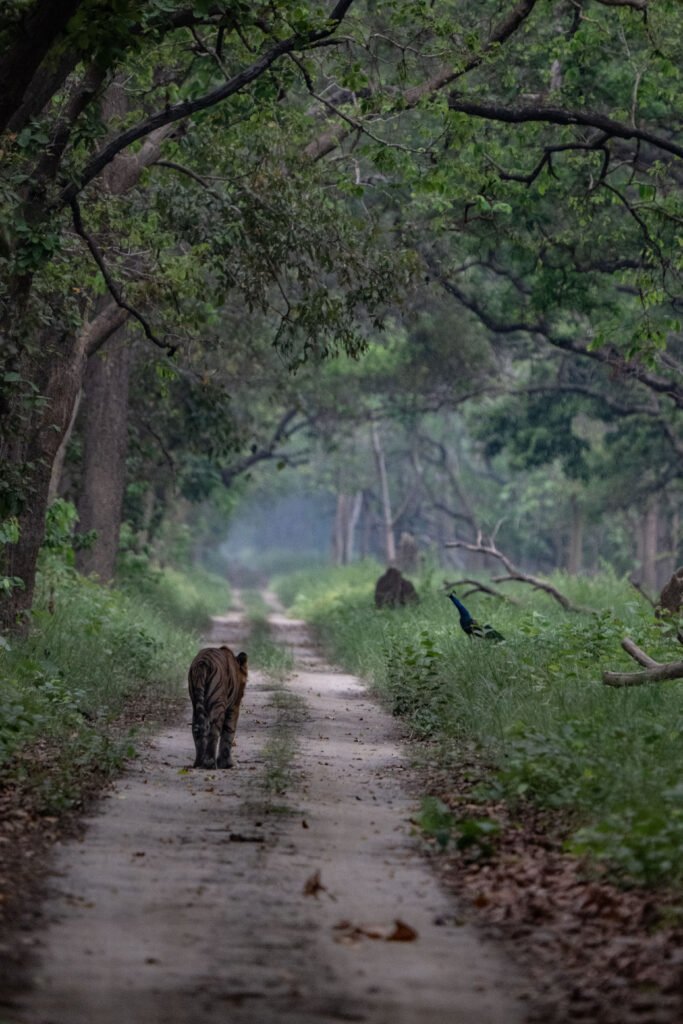
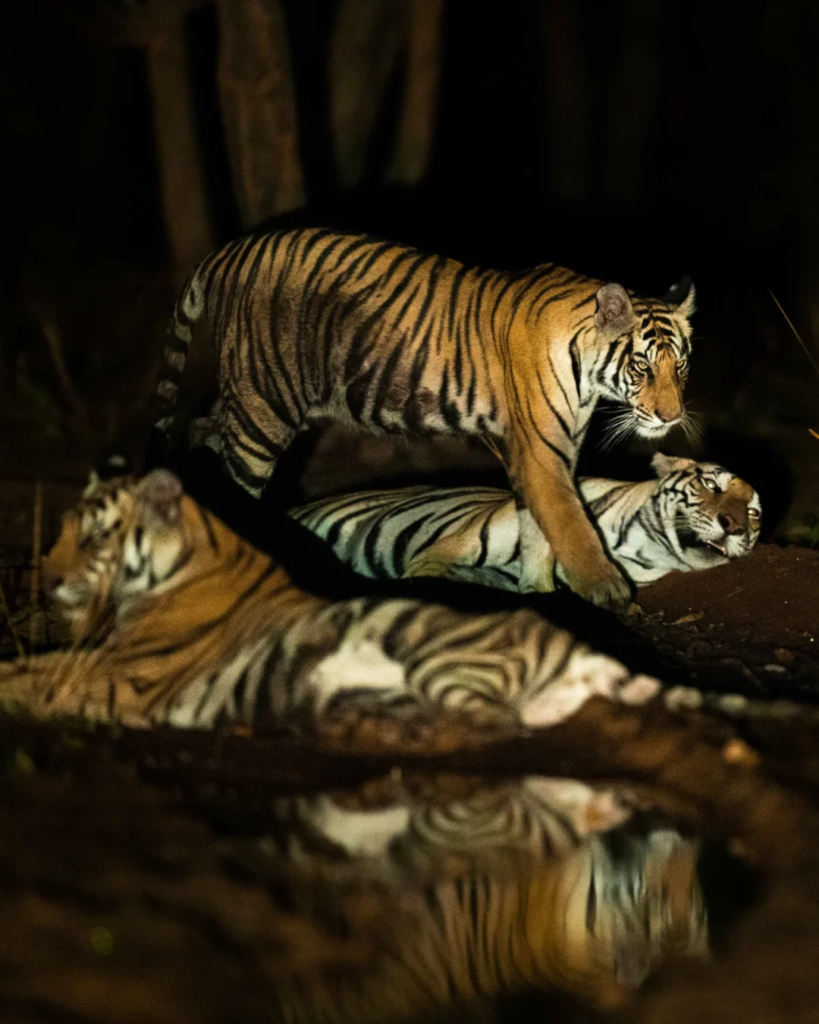


- Diverse landscapes — dense jungles, open grasslands, wetlands, mountains, deserts.
- Flagship species — iconic animals in their natural habitats.
- Cultural richness — the ability to combine wildlife shots with vibrant local life and architecture.
- Luxury with access — high-end lodges offering proximity to prime photography zones.
When to Go
- November to February — Cooler temperatures, crisp light, and high animal visibility. Ideal for big cat photography.
- March to May — Drier conditions draw animals to waterholes, increasing sighting chances, especially for tigers.
- June to September (select parks) — Lush green monsoon backdrops in parks that remain open, great for creative and moody wildlife shots.
- Winter in Ladakh (Jan–Mar) — Peak season for snow leopard photography.
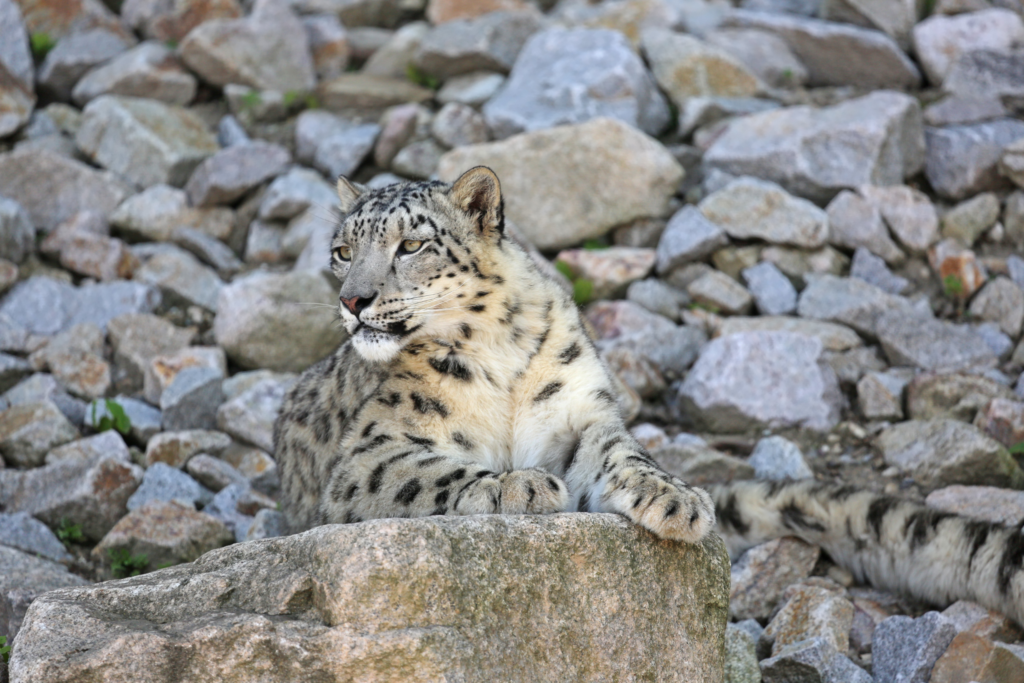
Top Destinations for a Photographic Safari in India
Top Destinations for a Photographic Safari in India
- Bandhavgarh National Park — Tiger Photographer’s Paradise
High tiger density, varied backdrops from grasslands to ancient ruins, and incredible morning light make this park perfect for big cat portraits. - Jawai, Rajasthan — Leopards in a Land of Stone
Granite hills, scrubland, and serene lakes form the stage for leopards, flamingos, and the Rabari herding culture—offering a rare blend of wildlife and human connection in one frame. - Kaziranga National Park — Rhinos and Birdlife
Famous for its one-horned rhinos, Kaziranga is also a paradise for bird photographers, with over 450 recorded species. - Dudhwa National Park — Canopy Roads and Elephants
Sal tree avenues, wild elephants, tigers, and swamp deer make Dudhwa a destination for those seeking depth and variety in their portfolio. - Ladakh — Snow Leopards and High-Altitude Drama
While not a traditional safari, Ladakh offers a photographic expedition unlike any other—snow leopards, Himalayan brown bears, and jaw-dropping landscapes dotted with ancient monasteries.
What to Pack for a Photographic Safari in India
- Camera gear — A DSLR or mirrorless with a 100–400mm lens, a wide-angle for landscapes, and spare batteries/memory cards.
- Neutral clothing — Earthy tones help you blend in and avoid startling wildlife.
- Bean bag or monopod — For stability in safari vehicles.
- Rain covers — For gear protection during monsoon or misty mornings.
- Binoculars — Spot wildlife before setting up your shot.
Ethical Photography Guidelines
- Never use flash—respect animal behaviour and natural light.
- Keep noise to a minimum in the field.
- Don’t request guides to chase or corner animals.
- Maintain distance and let wildlife approach naturally.
- Support lodges and operators who follow conservation best practices.
Final Take
An Indian photographic safari is as much about patience and presence as it is about skill. By choosing the right destinations, timing your trip well, and travelling with ethical guides, you’ll not only capture breathtaking images—you’ll tell a story that reflects the true beauty of India’s wild heart.
Ready to start your journey? Browse our Best Photo Safaris in India itineraries and let us help you craft a photographic adventure you’ll remember for a lifetime.

